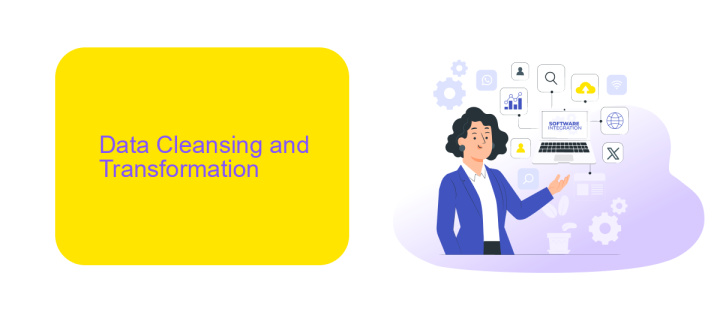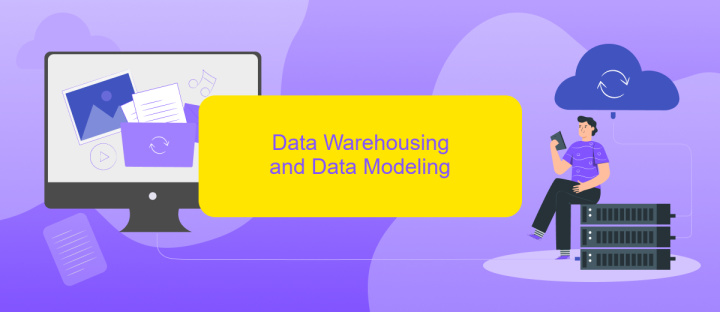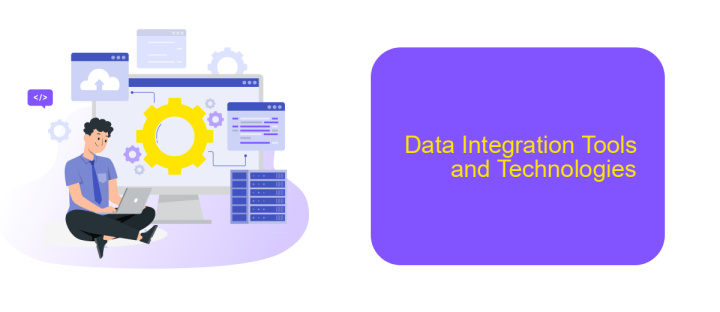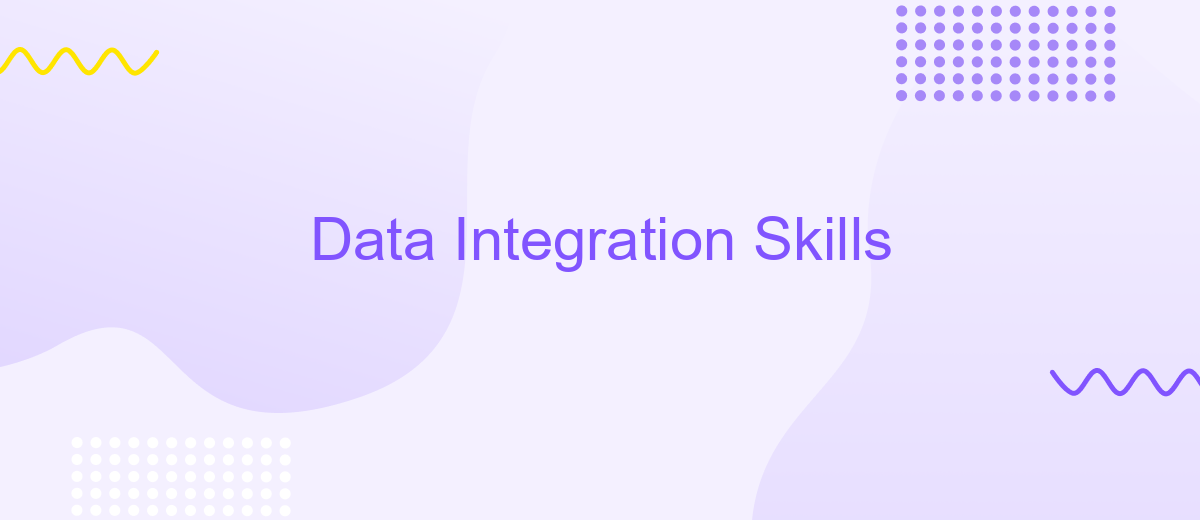Data Integration Skills
In today's data-driven world, the ability to seamlessly integrate data from diverse sources is a critical skill for businesses and IT professionals alike. Data integration skills enable organizations to unlock valuable insights, streamline operations, and maintain a competitive edge. This article explores the essential competencies required for effective data integration and offers practical tips to enhance your proficiency in this vital area.
Data Extraction and Integration Techniques
Effective data extraction and integration are crucial for leveraging data from diverse sources. These techniques ensure seamless data flow and accurate information consolidation, which is essential for making informed business decisions.
- ETL (Extract, Transform, Load): This traditional technique involves extracting data from various sources, transforming it into a suitable format, and loading it into a data warehouse or database.
- APIs: Application Programming Interfaces (APIs) enable real-time data extraction and integration by allowing different software systems to communicate and exchange data seamlessly.
- Web Scraping: This method involves extracting data from websites using automated tools, which is particularly useful for gathering unstructured data.
- Data Integration Platforms: Tools like ApiX-Drive facilitate the integration of data from multiple sources without the need for complex coding, streamlining the data management process.
Choosing the right technique depends on the specific requirements of your data integration project. While ETL processes are robust for large-scale data warehousing, APIs provide flexibility for real-time data synchronization. Platforms like ApiX-Drive offer user-friendly solutions for integrating diverse data sources, making them ideal for businesses seeking efficient and scalable data integration.
Data Cleansing and Transformation

Data cleansing and transformation are crucial steps in the data integration process. Data cleansing involves identifying and correcting errors, inconsistencies, and redundancies in the data to ensure its accuracy and reliability. This process can include removing duplicate records, filling in missing values, and standardizing data formats. Effective data cleansing ensures that the integrated data is of high quality, which is essential for making informed business decisions.
Data transformation, on the other hand, involves converting data from one format or structure to another to make it compatible with the target system. This may include aggregating data, changing data types, or applying business rules. Tools like ApiX-Drive can simplify these tasks by offering automated data transformation and integration services. ApiX-Drive allows users to set up data flows between various applications and databases, ensuring seamless and accurate data exchange. By using such tools, organizations can streamline their data integration processes, enhancing overall efficiency and data integrity.
Data Warehousing and Data Modeling

Data warehousing and data modeling are essential components in the realm of data integration. They facilitate the organization, storage, and retrieval of large volumes of data, enabling businesses to make informed decisions. A well-structured data warehouse serves as a central repository where data from various sources is consolidated and stored in an organized manner.
- Design the data model: Establish a schema that defines the structure of the data, including tables, relationships, and constraints.
- Extract, Transform, Load (ETL): Implement ETL processes to extract data from different sources, transform it according to business rules, and load it into the data warehouse.
- Data integration tools: Utilize tools like ApiX-Drive to streamline the integration process, ensuring seamless data flow between disparate systems.
- Data quality and governance: Maintain data accuracy, consistency, and security through robust data governance practices.
- Performance optimization: Optimize the data warehouse for query performance by indexing, partitioning, and other techniques.
By leveraging data warehousing and data modeling, organizations can achieve a unified view of their data, leading to better analytics and insights. Tools like ApiX-Drive further simplify the integration process, allowing businesses to connect various data sources effortlessly and maintain data integrity.
Data Integration Tools and Technologies

Data integration tools and technologies play a crucial role in modern businesses, enabling seamless data flow across various systems and applications. These tools help organizations to consolidate, transform, and synchronize data from disparate sources, ensuring data consistency and accessibility.
One of the key benefits of using data integration tools is the ability to automate data workflows, reducing manual intervention and minimizing errors. These tools often come with user-friendly interfaces and pre-built connectors, making it easier for non-technical users to set up and manage integrations.
- ETL (Extract, Transform, Load) Tools
- Data Integration Platforms
- API Management Solutions
- Data Virtualization Tools
- iPaaS (Integration Platform as a Service)
ApiX-Drive, for instance, is a powerful iPaaS solution that simplifies the process of integrating various applications and services. With its intuitive interface and extensive library of connectors, ApiX-Drive enables businesses to automate data workflows effortlessly, ensuring real-time data synchronization and improved operational efficiency.
- Automate the work of an online store or landing
- Empower through integration
- Don't spend money on programmers and integrators
- Save time by automating routine tasks
Data Integration Best Practices
Effective data integration requires a strategic approach to ensure seamless connectivity and data flow between disparate systems. Start by clearly defining your integration goals and identifying the data sources and destinations involved. Establishing a robust data governance framework is crucial to maintain data quality, consistency, and security. Utilize standardized data formats and protocols to facilitate smooth data exchange and reduce compatibility issues. Regularly monitor and audit your integration processes to identify and rectify any discrepancies or inefficiencies.
Leveraging reliable integration tools can significantly streamline the process. For instance, ApiX-Drive offers a user-friendly platform that automates data integration across various applications and services. It allows you to set up integrations without extensive coding knowledge, saving time and reducing errors. Ensure that your chosen tool supports real-time data synchronization to keep your systems up-to-date. Additionally, prioritize scalability and flexibility in your integration solutions to accommodate future growth and evolving business needs. By adhering to these best practices, you can achieve a more efficient and effective data integration strategy.
FAQ
What is data integration?
Why is data integration important?
What skills are necessary for effective data integration?
What are some common challenges in data integration?
How can automation tools help in data integration?
Time is the most valuable resource for business today. Almost half of it is wasted on routine tasks. Your employees are constantly forced to perform monotonous tasks that are difficult to classify as important and specialized. You can leave everything as it is by hiring additional employees, or you can automate most of the business processes using the ApiX-Drive online connector to get rid of unnecessary time and money expenses once and for all. The choice is yours!


